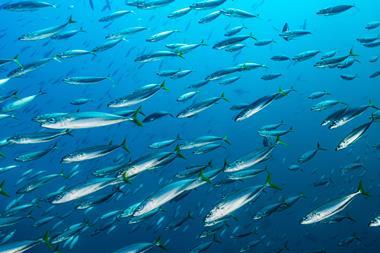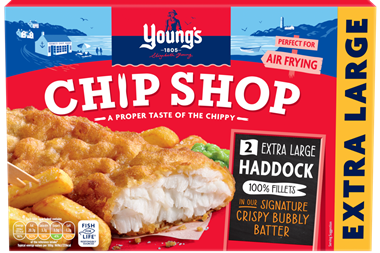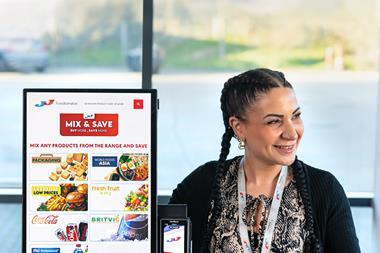More than 100 variants and annual global production of two million tonnes
Farmed tilapia excellent substitute for whitefish
Farmed tilapia could in time, take the pressure off stocks of whitefish such as haddock as processors look at ways to work more closely with retailers to begin the task of educating consumers.
Its soft flesh, with a slightly sweet taste very reminiscent of haddock, has started to appear in the US and European markets as an alternative to other whitefish.
Around 1.75 million tonnes of Tilapia are now being traded worldwide but volumes will increase as a regular supply of farmed tilapia develops.
Taking around 16 months to reach 1kg in size, farming ensures that fish can be reared to specified size specifications. Being able to guarantee retailers and consumers with fillets that are of a consistent weight and quality makes this product more attractive.
For demand to increase a focused marketing effort from the exporting country and from manufacturers and retailers is required, according to industry sources. There has been a suggestion in the trade that the product should be marketed under another name.
Kelly Colrein, trade marketing manager, Marr Foods said: "Already popular in the US and across Europe, tilapia is set to make an impact in the UK. Tilapia is also known as St Peter's Fish and Jamaican Fresh Water Snapper, so it's important that the industry adopts a common approach to the marketing of this species to avoid any confusion to the consumer."
Steve Wardley, fresh fish buying manager, Marr Foods, said: "Tilapia is the perfect fish for consumers. In the boneless form it is an odourless, mild flavoured species and an excellent whitefish substitute.
"With over 100 variants of species and an annual global production of 2 million tonnes and increasing, this fish is sure to reach our shores in a big way."
It is currently available as a whole fish, chilled and frozen fillets.
{{MEAT }}
Close menu
- Home
- Retail & Wholesale
-
Products & Suppliers
- Back to parent navigation item
- Products & Suppliers
-
Product Categories:
- Back to parent navigation item
- Product Categories:
- Alcoholic drinks
- Bakery
- Cereals & breakfast
- Cheese
- Chicken & poultry
- Chocolate
- Confectionery
- Crisps, nuts & snacks
- Dairy
- Fish
- Fresh produce
- Frozen
- Household
- Meat
- Own Label
- Sauces & condiments
- Seasonal
- Soft drinks
- Vaping
- Vegan & plant-based
- World foods
- Suppliers
- People
- Reports & Data
-
Topics A-Z
- Back to parent navigation item
- Topics A-Z
-
Popular topics:
- Back to parent navigation item
- Popular topics:
- Cost of living crisis
- Crime
- Deposit Return Schemes
- Finance
- Government & Regulation
- Health
- Inflation
- Loyalty
- Marketing
- Mergers & Acquisitions
- New Product Development
- Sourcing
- Supply chain
- Sustainability & environment
- Technology
- Ultra Processed Foods
- Vaping
- A-Z all topics
- Content by type:
- Events
- Subscribe now
Sign in to comment on this article
Not logged in before? Register for FREE guest access today.
You will be able to:
- Read more stories
- Receive daily newsletters
- Comment on stories
Advert

















No comments yet